
The 2023 Mercedes-Benz EQA is front wheel drive small electric SUB built in Germany. It features up to 530km of claimed range, mobile app connectivity, an easier-to-access charging port, and more. Both the 250 and 350 4Matic share the same battery and charging capabilities. The 350 4Matic gets an additional front motor making 215kW/520Nm.
How and Where to Charge a Mercedes-Benz EQA
Mercedes-Benz EQA Charging Station, Port and Plug Type
The Mercedes-Benz EQA charging port uses the CCS standard, which features a combined AC and DC inlet port. The top portion of the inlet is for the Type 2 connector, which is used for AC charging at home, work or at public chargers (e.g. shopping centre car parks).
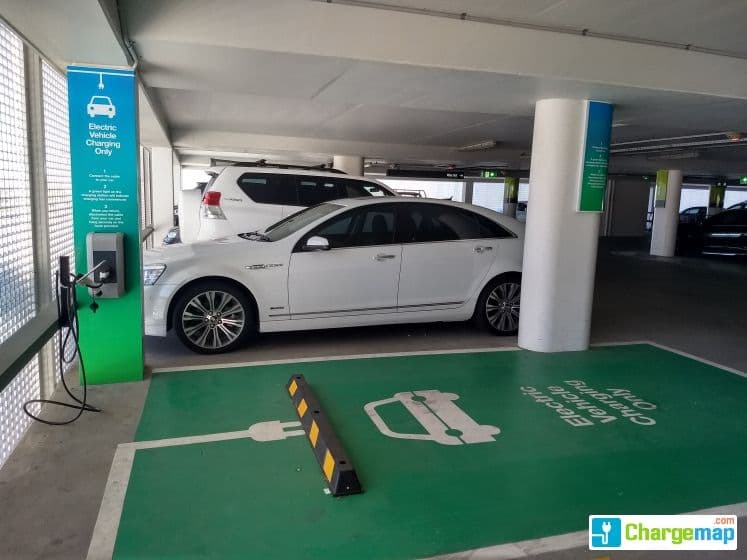
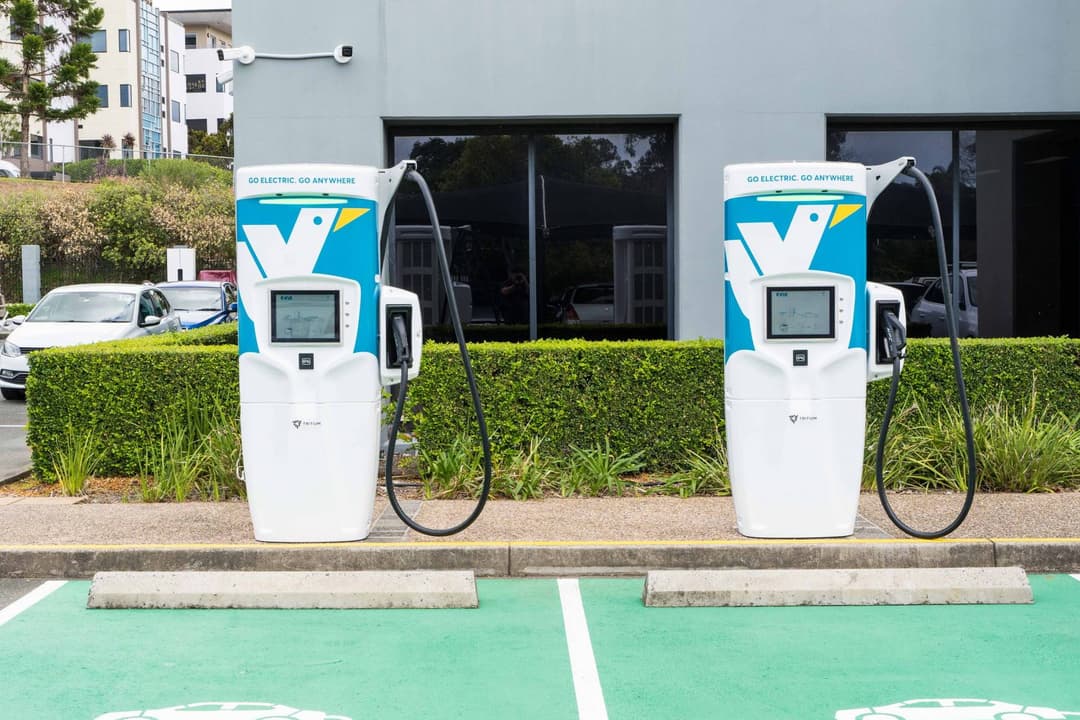
AC Charger at carpark (left) and DC Fast Charger (right)
For public fast/rapid DC charging, both the upper and lower sections on the inlet are used to support the high power output required. The EQA charging inlet is found on the rear right-side of the vehicle.
The EQA can be slow, fast and rapid charged from public charging stations. In most cases:
- Slow charging requires a three-pin to Type 2 cable, usually supplied with the car.
- Public AC charging will feature a tethered Type 2 connector or may require a Type 2 to Type 2 cable.
- Rapid DC charging uses a tethered CCS connector which is part of the charging unit.
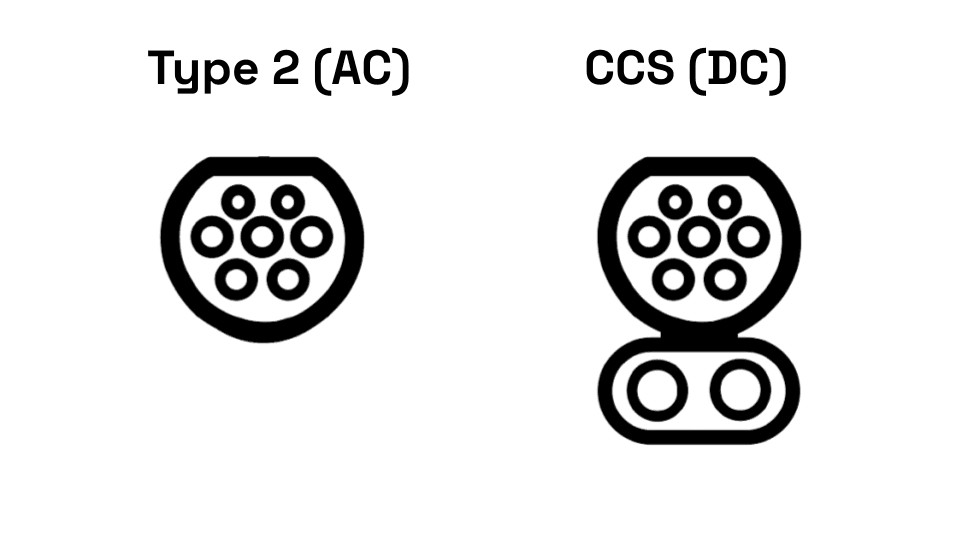
1. Find a public charging station for fast and rapid chargers
Plugshare is the easiest way to find any public AC and DC electric vehicle charging station in your area. It displays a map and overall rating of each charger from check-ins and comments.
Additionally, use the charging provider’s app like Chargefox or Evie Networks to view the live availability of stations and check whether a stall may be out-of-action.
2. Connect charging cable to car
Driving up to the charger, ensure that your vehicle’s charging port, located at the front, is nearest to the stall. This may require you to drive in or reverse into the charging spot.
Once parked, grab the appropriate charging connector type from the stall’s holster, open the EQA’s charging flap and any other caps, and firmly plug it into the vehicle.
3. Confirm charging has started
Use the charging provider’s mobile app or tap the RFID card on the stall to activate the charging session. You may need to press a start button on some charging stalls, too.
After a few seconds of communicating with the EQA, you can see the charging status via the station’s screen, the vehicle’s driver instrument display, or the mobile app.
How Long Does it Take to Charge a Mercedes-Benz EQA?
Level 1 and 2 Charging (slow)
Level 1 and 2 Charging refers to charging from a power socket or a mounted charger. This is typically done at home, work or shopping centre car parks.
The Mercedes-Benz EQA250 / 350 4Matic is capable of charging at a maximum of 11 kW with its onboard charger, however, this requires a three-phase power supply and charger, typically found at public car parks or business premises. The power supply in homes is likely single phase, meaning the maximum power you can draw from the onboard charger is ~7 kW.
Charging an EQA250 / 350 4Matic using a portable charger and a standard 10A power will add 15km of range per hour. A full charge would take 31 hours. Upgrading the power source to 32A, will reduce the charge time to about 10 hours.
Level 3 Charging (fast, rapid)
The EQA250 / 350 4Matic can support maximum DC charging of 100 kW DC, chargers with higher output than this will be throttled to this limit. Charging an EQA from 10% to 80% at a fast/rapid DC charging station wil ltake about 47 minutes, providing 341km of range. It is recommended to limit the charging at rapid chargers to 80% to preserve battery health.
It is recommended to limit the charging at rapid chargers to 80% to preserve battery health.
Note that the times shown are only a guide only. Other factors that might vary the actual charging time of your car. For personalised estimates of the EQA, use the zecar ev charging calculator.
How Much Does it Cost to Charge a Mercedes-Benz EQA?
The below tables show the estimated cost of charging the EQA's 66.5 kWh battery at home using a standard flat tariff or a public fast DC charger.
Based on these figures, the EQA’s fuel costs are $4.3-$18.4 per 100 km, depending on the type of charging. In general, home charging provides the cheapest per kilometre cost and public rapid charging tends to be around double the cost (per charge and per kilometre). This compares favourably to an equivalent petrol car which would cost $15 per 100km, assuming $2/litre for petrol.
Use the zecar EV charging calculator to find the cost and times to charge any EV using any charge method. The results can be personalised for different electricity costs and the level of charge required.
What is the Recommended Charge Level for a Mercedes-Benz EQA?
The EQA250 / 350 4Matic battery pack uses NMC chemistry. The recommended daily charge limit for this chemistry is typically 80%.
Mercedes-Benz EQA Charging at Home
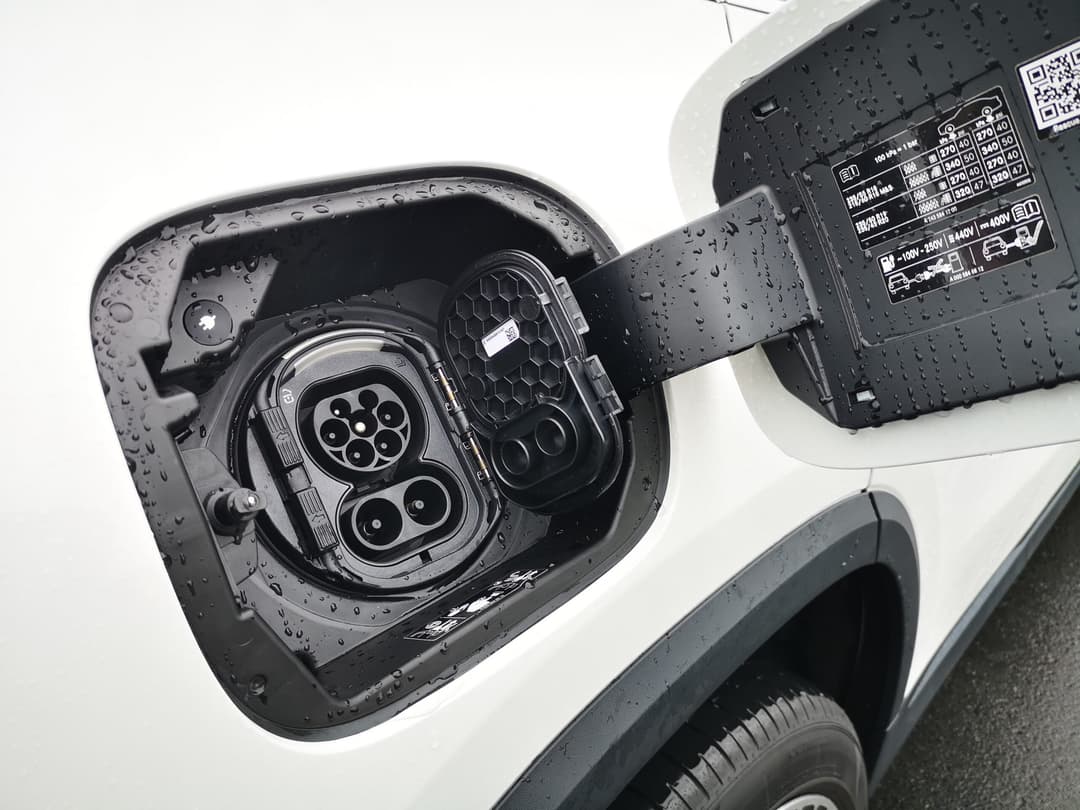
The EQA is compatible with almost all portable and wall-mounted chargers equipped with a type 2 plug. It comes with a portable charging cable, which can be used on any Australian domestic powerpoint
For faster charging speeds, you may want to consider a wall-mounted charger to reach the maximum 7kW/11kW AC charge rate the EQA is capable of on single/three-phase power.
Home charging while taking longer will likely result in less degradation.
Electric Car Home Charging GuideMercedes-Benz EQA Charging using Public DC charging stations
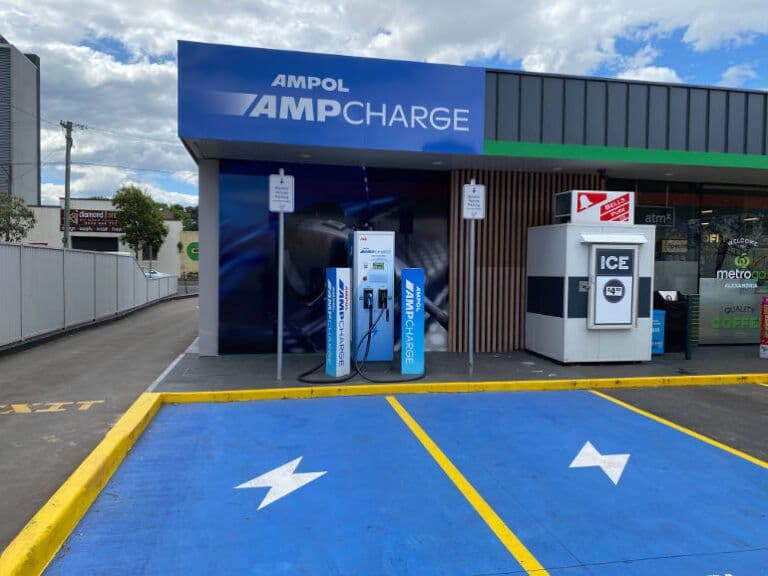
The Mercedes-Benz EQA can be charged using all the major charging networks including some Tesla Superchargers and some select Tesla destination chargers.
Refer to this guide for all the key public charging providers including links to app downloads.
Excessive use of fast charging may accelerate the degradation of the battery due to the heat caused by fast charging.
Can a Mercedes-Benz EQA be Charged at Tesla Supercharger Stations?
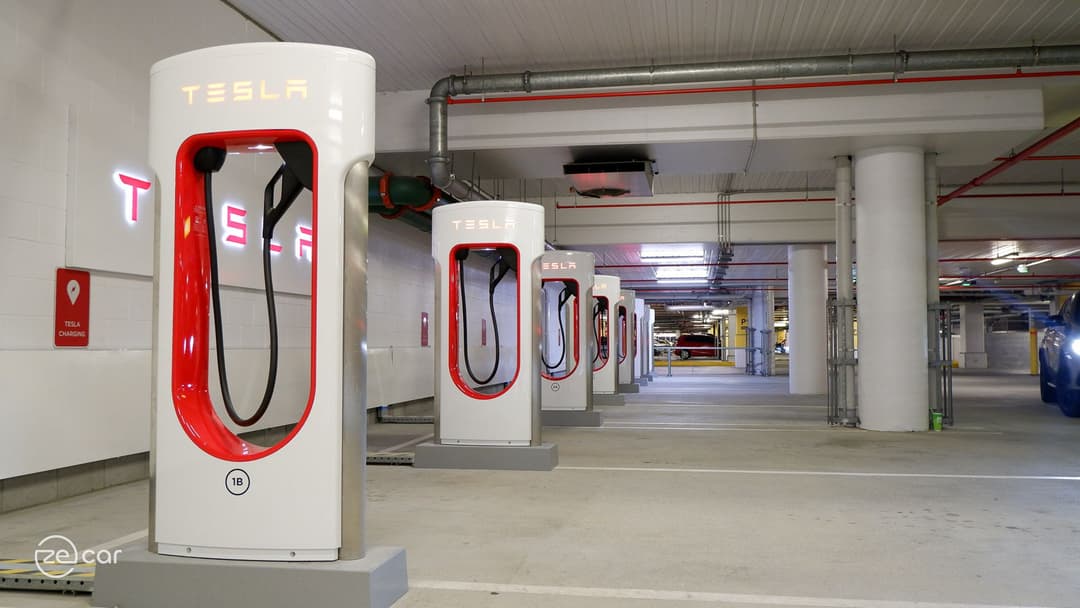
Yes, Mercedes-Benz EQA's can charge at some Tesla Supercharger sites. As of the latest update to this article, Tesla has opened up 30 of its 63 Supercharger sites in Australia to non-Tesla EVs.
Non-Tesla vehicles will be charged $0.79 per kWh for drivers of non-Tesla cars However, non-Tesla drivers can sign up to a $9.99/month subscription to reduce the cost to $0.66 per kWh.
➡️TRY: EV Charging Calculator
Tesla supercharger sites can be accessed by non-Tesla EVs via the Tesla apps.
- Download the Tesla app (version 4.18.0 or higher) for iOS or Android and create a Tesla Account.
- Select ‘Charge Your Non-Tesla’ and find your Supercharger site.
- Add your payment method, select a stall, unlock the adapter, plug in your car, and tap ‘Start Charging.’
- Select ‘Stop Charging’ to complete your session.
Charging a Mercedes-Benz EQA Bottom Line
The EQA charging speed is considered below average compared to other electric cars in its price range It provides above-average speeds for both AC charging and DC fast charging. Check out our fastest charging car list to see how the EQA ranks against the competition.
About the author
Stay up to date with the latest EV news
- Get the latest news and update
- New EV model releases
- Get money savings-deal

Privacy policy
